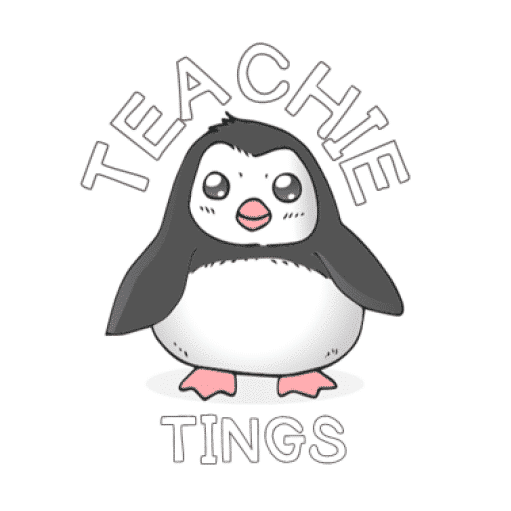
Are you looking for reading fluency tips to implement in your literacy block? Here is one of our faves. Fluency Pairs Are you pairing students to practice their fluency? Fluency reading is paired reading, complemented by word lists aligned with your phonics sequence. The words can include real and nonsense words, and all sounds should […]
